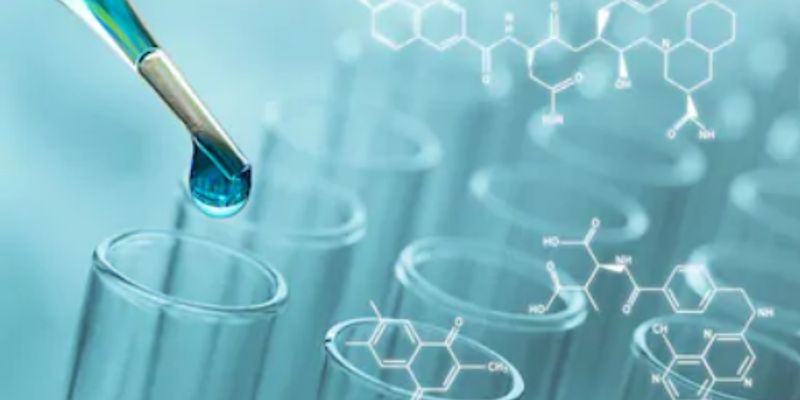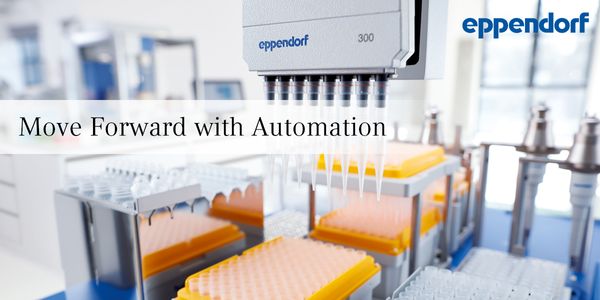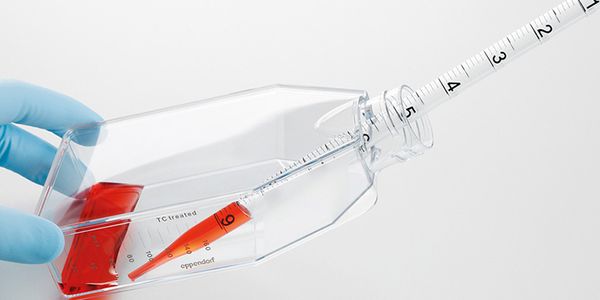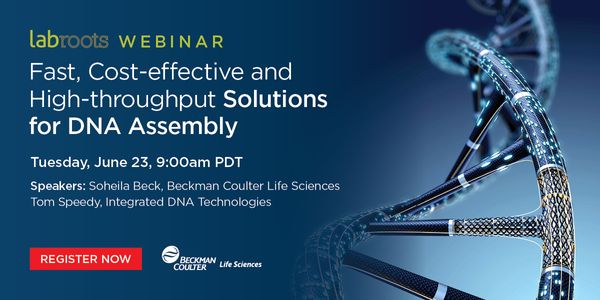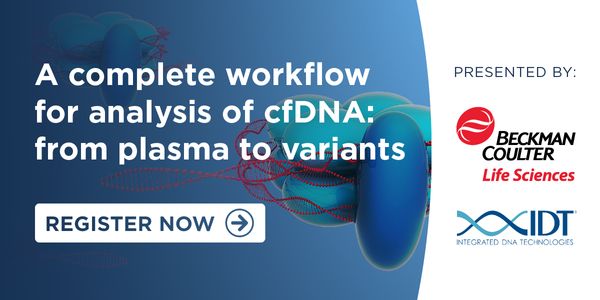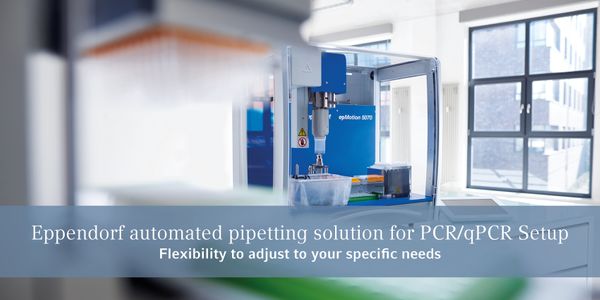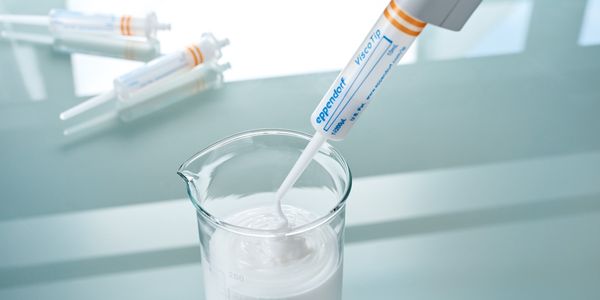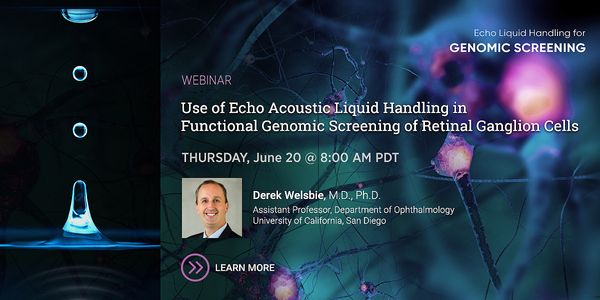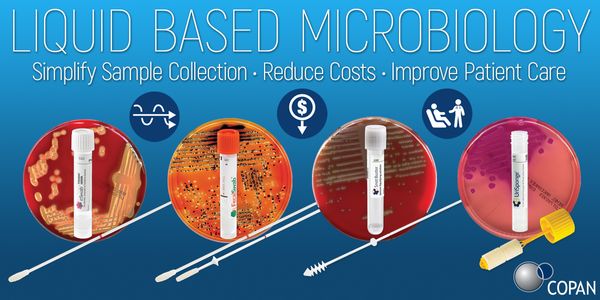JUN 25, 2020 | 7:00 AM
DATE: June 25, 2020 TIME: 7:00am PT Genotyping assays are essential in a variety of plant and animal applications including Marker Assisted Selection (MAS) and Quantitative Trait Locus (QTL)...
JUN 23, 2020 | 9:00 AM
DATE: June 23, 2020 TIME: 9:00am PDT I n the last eight years the field of Synthetic Biology has erupted into a massive industry driving innovation in multiple disciplines, from sustainable...
When producing a quality vaccine, all manufacturers must confirm the purity as well as the stability of their formulation and final product. Sample quantity and measurement time are often th...
MAY 07, 2020 | 7:00 AM
DATE: May 7, 2020 TIME: 7:00am PT As cost of sequencing continues to drop, the throughput and complexity of NGS assays have risen precipitously. At the same time, the types of samples being...
The versatility of standard PCR and qPCR is well known. Digital PCR is now taking this to a whole new level. The power of partitioning enables you to explore new frontiers which have been li...
